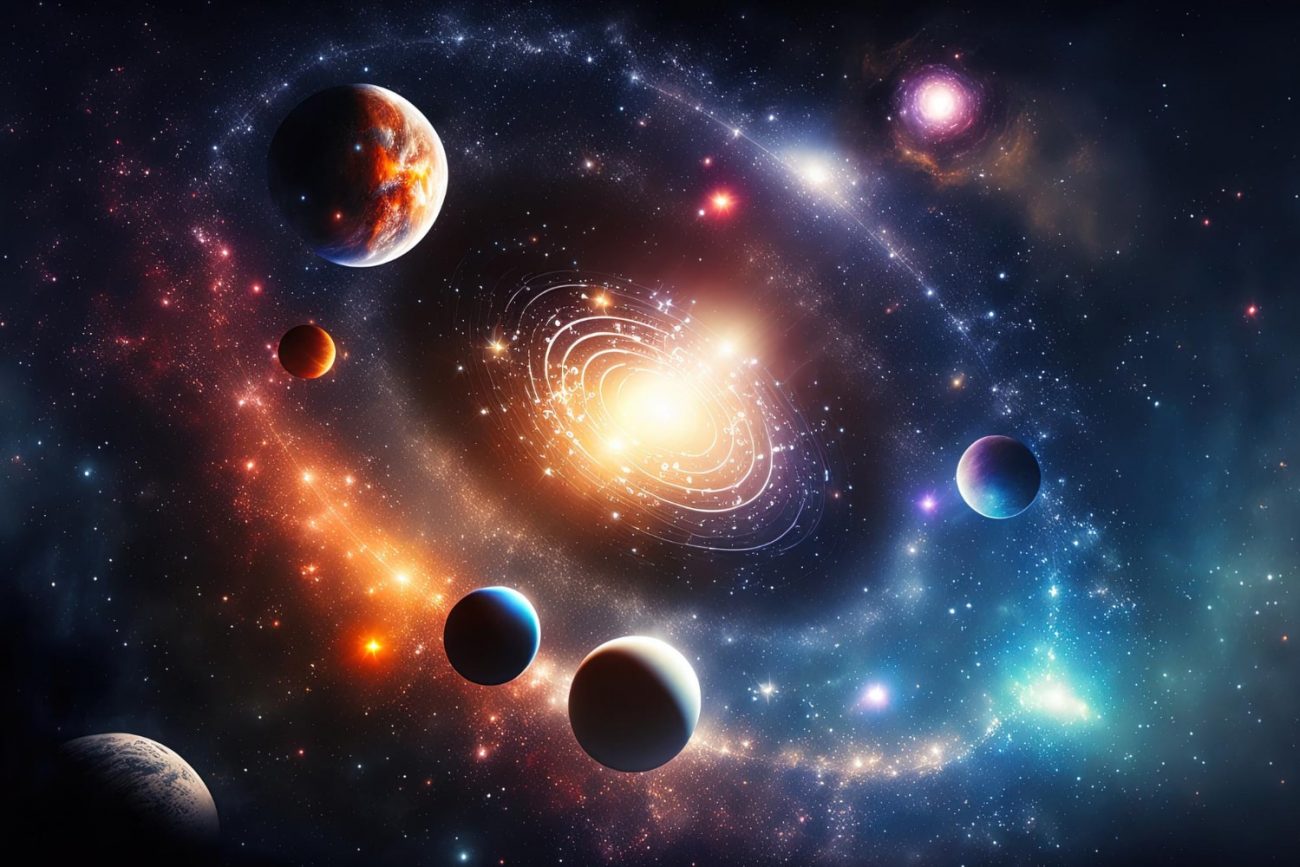All planets in the solar system have unique features that make them unique and fascinating objects to explore. From the hot Mercury to the cold Neptune, each of them hides many secrets. The diverse characteristics, surface conditions, and atmospheres of these planets fascinate scientists and astronomers around the world. Here is a selection of interesting facts about the planets of our solar system that reveal their unusual properties.
- Mercury is the smallest and fastest planet in the Solar System. It orbits the Sun in 88 days. Due to its proximity to the Sun, the temperature on Mercury can reach 430 degrees Celsius during the day and drop to -180 degrees Celsius at night.
- Venus is the hottest planet in our system. Despite being farther from the Sun than Mercury, its thick layer of atmosphere retains heat, raising the temperature to 465 degrees Celsius. Venus’ atmosphere consists mainly of carbon dioxide, which creates the greenhouse effect.
- Earth is the only planet known to have life. It has ideal conditions for keeping water in a liquid state, which is a key factor for life. Earth also has a strong magnetic field that protects it from harmful cosmic radiation.
- Mars is known as the “Red Planet” because of its reddish surface, which is caused by the oxidation of iron, similar to rust. Mars has the tallest mountain in the solar system, Olympus, which is 27 kilometers high. There are also deep canyons on Mars, such as Mariner’s Valley, which stretches for 4000 kilometers.
- Jupiter is the largest planet in the solar system. It is so big that all other planets could fit inside it. Jupiter has a strong magnetic field and the famous Great Red Spot, a giant storm that has been going on for over 300 years.
- Saturn is known for its impressive rings, which are made up of ice, dust, and stone. These rings stretch for thousands of kilometers, but are only a few tens of meters thick. Saturn also has more than 80 known moons, including the largest, Titan, which is larger than the planet Mercury.
- Uranus is the only planet that rotates “on its side”. This means that its axis of inclination is almost 98 degrees, which is why the seasons on Uranus last for 21 years. Uranus also has a very cold atmosphere, with temperatures as low as -224 degrees Celsius, making it the coldest planet.
- Neptune is the farthest planet from the Sun and has the fastest winds in the solar system, which can reach speeds of 2100 kilometers per hour. Neptune also has beautiful rings, although they are less bright and not as large as Saturn’s. This planet is blue in color due to the presence of methane in the atmosphere.
- Pluto is a dwarf planet that used to be considered the ninth planet in the solar system. Pluto has five known moons, the largest of which is Charon, almost as large as Pluto itself. The surface of Pluto is covered with frozen nitrogen, which gives it a bright white color.
The planets of the solar system represent a fascinating variety of conditions, sizes, and characteristics. They demonstrate the uniqueness of each celestial body and help us better understand the structure of our galaxy. The study of these planets continues to uncover new facts and expand our knowledge of the universe.

